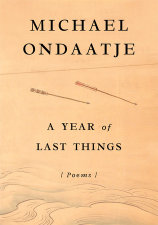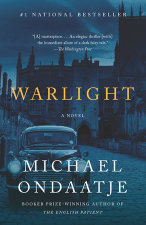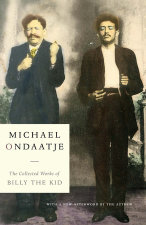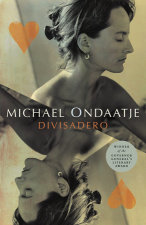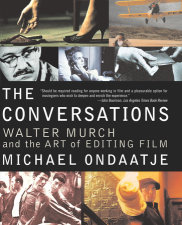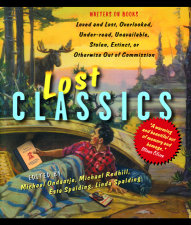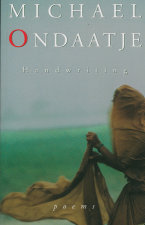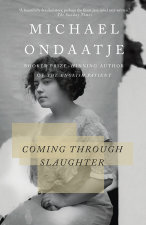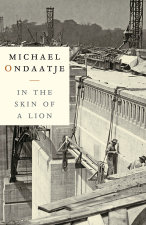Reading Guide
From Divisadero

Divisadero by Michael Ondaatje
Critical and popular favourite Michael Ondaatje's first new novel since 2001 is a #1 National Bestseller and now available in paperback.
Paperback
1. "The raw truth of an incident never ends," Anna says (p. 1). What might she mean by this, and how is her statement borne out in the course of the novel?
2. Setting plays a large role in Divisadero. How does Ondaatje characterize the Northern California countryside of Anna’s childhood? How would you compare it to the French countryside where Segura spends his life and where the grown-up Anna retraces it? To what extent are this novel’s characters connected to their physical environments?
3. Anna is an only child, but one with two adoptive siblings. So, for that matter, are Claire and Coop. What is the significance of adoption in this novel? Are its "natural" children necessarily the most favored? Which of these characters becomes an orphan later on, by necessity or by choice? How might losing one’s original family have an effect, for better or for worse? Why do you think Anna is introduced in a chapter titled “The Orphan”? And what might she mean when she observes, "Those who have an orphan’s sense of history love history"?
4. Because they were raised together, Anna’s affair with Coop has incestuous overtones. Is that why you think her father reacts so brutally when he finds them together? Might this be what drives her to reject her former life, or do you think there’s another reason? Compare this liaison with the novel’s other quasi-incestuous pairings: the young Lucien Segura and Marie-Neige, who has become a symbolic sister to him; Lucien’s daughter Lucette and her younger sister’s fiancé; Marie-Neige and her husband when they masquerade as brother and sister. How does the author seem to view these relationships? Do they seem to represent a perversion of intimacy or a heightening of it?
5. Closely aligned with the theme of incest is that of hidden or mistaken identity, a theme suggested by the Sanskrit term gotraskhalana, which denotes "calling a loved one by a wrong name." Which of Ondaatje’s characters pretends to be someone else? Which of them mistakes one person for another, or is misled into doing so? Which of them sloughs off a name, like the thief who calls himself Liébard and then, suddenly, on a whim, Astolphe? What do these impostures and confusions suggest about the nature of identity? Why might Liébard/Astolphe refuse to be photographed?
6. The past — both personal and collective — plays an important role in Divisadero. After turning her back on her childhood, Anna becomes an archivist, cataloguing the past via Lucien Segura's life. After two brutal beatings as a result of his love affairs, Coop forgets his past. How does the past function in these instances, among others? Would you say these characters are trapped in it or sustained by it?
7. At what points does history intrude into this novel, and with what effect? Why might Ondaatje have chosen to set one scene involving Coop during the first Gulf War and another on the eve of the 2003 Iraq invasion?
8. How is the theme of the past reflected in the novel’s chronological scheme, which moves from the 1970s to 2003, then backward in time to the turn of the last century, then forward once more? Why might Ondaatje have chosen to structure Divisadero this way? How does this affect the novel's sense of suspense, and how might you relate this to the kind of suspense that young Lucien and Marie-Neige find in The Black Tulip?
9. Most of Ondaatje's characters are looking for something or someone: Anna for a long-dead writer, Coop for love and treasure (dredged from the river or extracted from the suckers at a card table), Claire for Coop. Discuss the role quests play in Divisadero. How, in particular, do they form a bridge between the novel's present and its multiple pasts? Which of the characters' quests is destructive, and which useful, even vital?
10. There are certain key repetitions in the novel. Discuss the doubling (and sometimes more than doubling) of the following: an attack by an animal, a woman nursing an injured man, a father coming upon his daughter making love, a man imparting a skill or craft to a younger one.
11. What role does craft play in this novel? Discuss those scenes in which someone learns to, for example, build a cabin, or deal poker, or repair a clock, or write a novel. What — apart from the skill — is being imparted? What distinguishes those characters who have mastered a craft from those who haven't?
12. Most of Divisadero’s characters are motivated by love, of various sorts. How does Ondaatje characterize these kinds of love? Which kinds are exalting and which degrading, and why? Compare Anna's love for Coop to the love that Claire feels for him, Coop's love for Anna to that he later feels for Bridget, Rafael’s love of his mother to Segura’s love of his daughter Lucette.
13. The novel takes its name from a street in San Francisco where Anna lives for a while. In Spanish the word means both a division and a vantage point (pp. 142–3). Does this double meaning suggest a way of looking at — viewing — the entire novel?
14. At least two of this book’s narratives lack an obvious conclusion. Why might Ondaatje have chosen to end them when he does? How is this related to Anna’s aforementioned statement: "The raw truth of an incident never ends"?
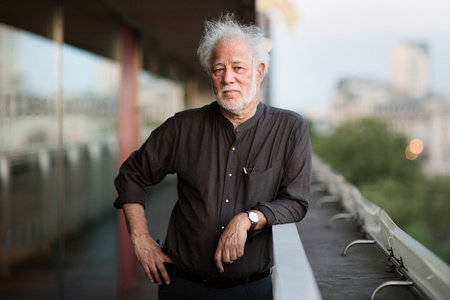
MICHAEL ONDAATJE is the author of seven novels, a memoir, a nonfiction book on film, and several books of poetry. His novel The English Patient won the Booker Prize in 1992 and became a major motion picture that won nine Academy Awards, including Best Film; Anil's Ghost won the Irish Times International Fiction Prize, the Scotiabank Giller Prize, and the Prix Médicis. Born in Sri Lanka, Michael Ondaatje now lives in Toronto.
